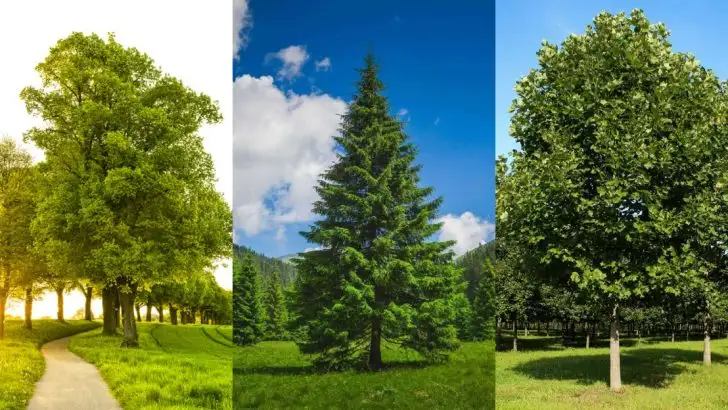Some trees are natural lightning rods— and gardeners plant them anyway. They soar higher, stand prouder, and call down the sky like it’s a party trick. They don’t whisper in the breeze—they dare the storm to strike. From towering oaks to unsuspecting poplars, these trees have a shocking reputation. Literally. And yet, there they are—lining streets, anchoring yards, gracing parks. Why? Because beauty trumps fear. Because shade is worth the risk. Because not every gardener plays it safe. If you’ve ever wondered which trees are most likely to flirt with a lightning bolt, and why people keep planting them anyway, you’re in the right place. Spoiler: some of your favorites might be on this list. And no, they’re not giving up their spots any time soon.
Oak Tree

The oak tree stands as a symbol of strength and endurance. Its towering height and expansive branches make it a frequent target for lightning.
Despite this, its robust wood and stunning autumn foliage continue to enchant landscapers and homeowners alike.
Oaks provide vital habitats for various species, which adds to their ecological importance. As you wander through a forest dotted with these mighty giants, it’s easy to feel a sense of wonder and respect for nature’s resilience.
Pine Tree

Pine trees are often the tallest in the forest, reaching up to the sky like natural lightning rods. Their height and resin-filled needles increase their likelihood of being struck.
Yet, their evergreen elegance and the soothing scent of pine continue to make them popular choices for landscapes. Pine woods are essential for wildlife, offering shelter and sustenance.
The whisper of the wind through pine needles is a sound familiar to many, evoking memories of serene walks through nature.
Poplar Tree

Poplar trees, with their fast growth and towering stature, are susceptible to lightning strikes.
Their rapid growth rate makes them appealing for quick shade and windbreaks, despite the risk. Poplars are often found lining roads and parks, adding grace and movement to the scenery.
The rustling of their leaves in the breeze creates a calming melody that soothes the soul, making them a favored choice for many.
Maple Tree
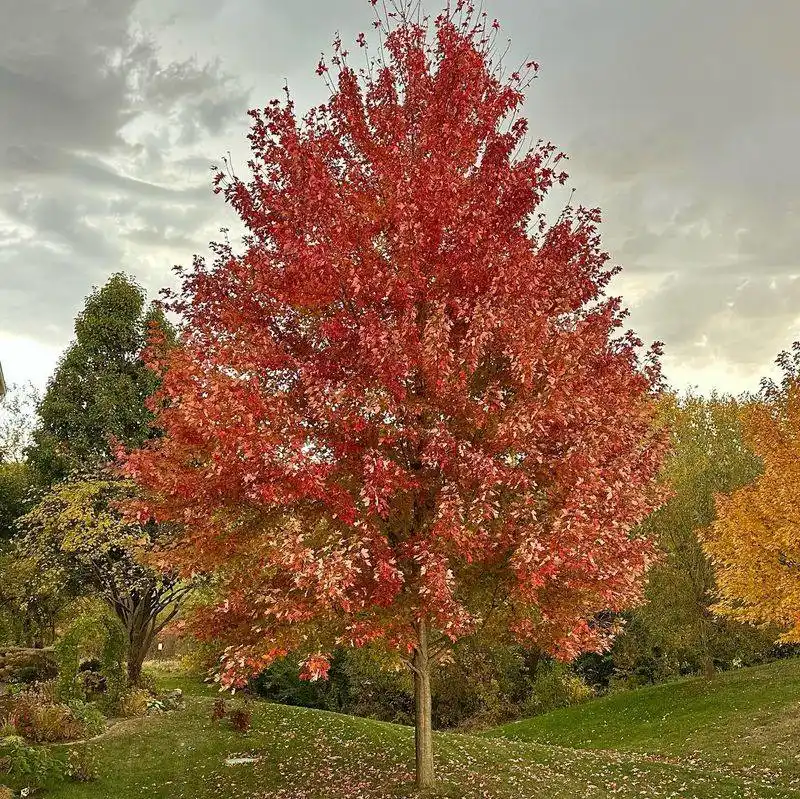
Maple trees are as famous for their brilliant autumn colors as they are for their susceptibility to lightning.
Their thick canopy and widespread branches offer ample targets for strikes. Still, they are cherished for the breathtaking beauty they bring to any landscape. Maple syrup, a beloved product, also adds to their charm.
The sight of a maple tree in full autumn glory is a spectacle that captures the essence of nature’s artistry.
Eucalyptus Tree

Eucalyptus trees are often struck by lightning, particularly because of their height and oil-rich leaves.
Despite this, they are loved for their rapid growth and aromatic leaves. These trees play a crucial role in their native ecosystems, supporting diverse wildlife.
The distinctive scent of eucalyptus leaves on a warm day is refreshing and invigorating, making these trees a unique addition to gardens and landscapes.
Ash Tree
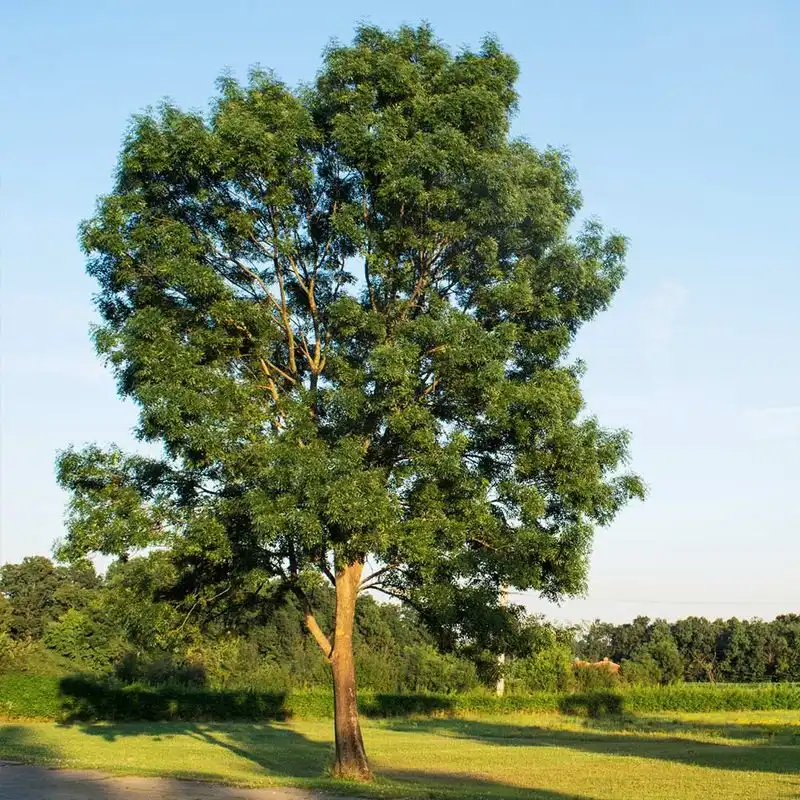
Ash trees are known for their strong yet flexible wood, which doesn’t shield them from lightning.
Their towering form and frequent planting in open areas increase their chances of strikes. However, they are favored for their shade and the valuable timber they produce.
Ash trees have an airy presence that brings a tranquil feel to parks and streets, where they are often seen.
Willow Tree

Willow trees, particularly the weeping variety, are often seen in damp environments where lightning is common.
Their elegant, drooping branches offer a picturesque view, making them a favorite despite the risk. Willows are associated with peaceful, reflective spaces.
The gentle rustling of their leaves creates a tranquil soundtrack to their serene presence, inviting quiet contemplation.
Cypress Tree

Cypress trees thrive in wet environments, often placing them in the path of lightning.
Their stately form and ability to grow in challenging conditions make them appealing. Cypress trees are particularly known for their contribution to swamp ecosystems.
Their presence in these environments adds a mystical beauty, with their reflections dancing on the water’s surface.
Elm Tree

Elm trees, with their broad canopies and height, are frequently struck by lightning.
Their classic shade and aesthetic appeal make them a staple in urban and rural settings. Elms are known for their resilience, having survived various environmental challenges.
The rustle of elm leaves in the breeze is a familiar and comforting sound, symbolizing endurance and strength.
Gum Tree
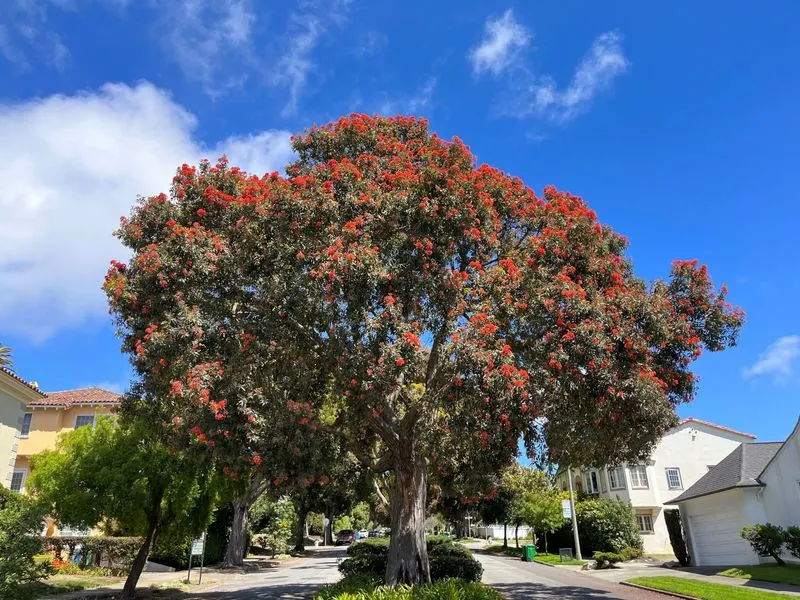
Gum trees, closely related to eucalyptus, are also prone to lightning due to their height and flammable oils.
They continue to be valued for their shade, rapid growth, and ecological benefits. Gum trees provide habitat for numerous species, contributing to biodiversity.
The sight of a gum tree silhouetted against a sunset is a beautiful reminder of nature’s balance between power and grace.
Spruce Tree
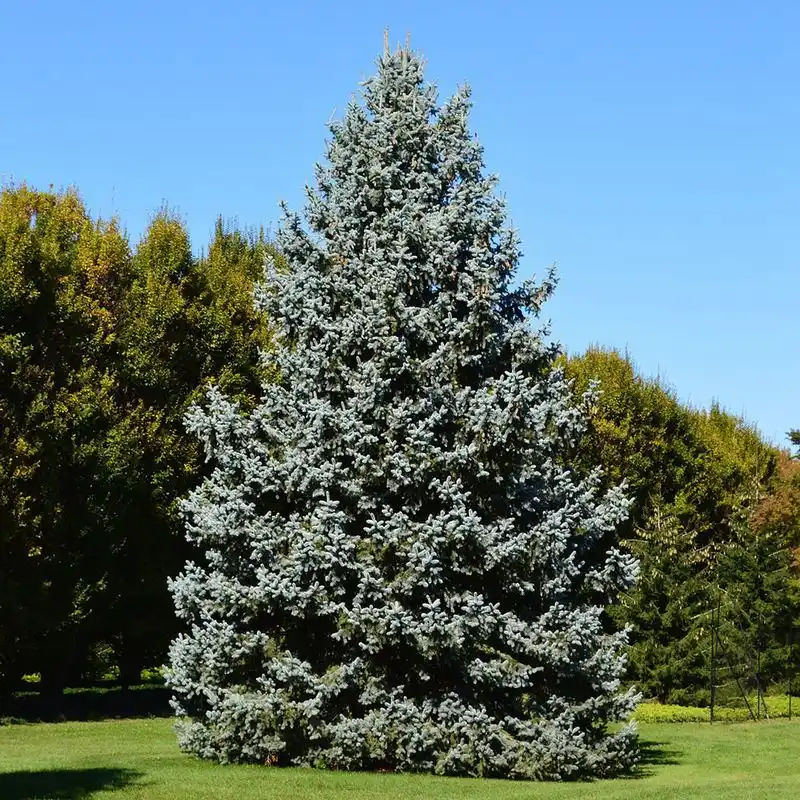
Spruce trees, with their towering height and dense foliage, attract lightning strikes.
Despite risks, they are favored for their symmetrical beauty and as Christmas trees. Spruce forests are home to a variety of wildlife, enhancing their ecological value.
The scent of spruce needles on a crisp day is invigorating, evoking memories of winter festivities and cozy fires.
Chestnut Tree
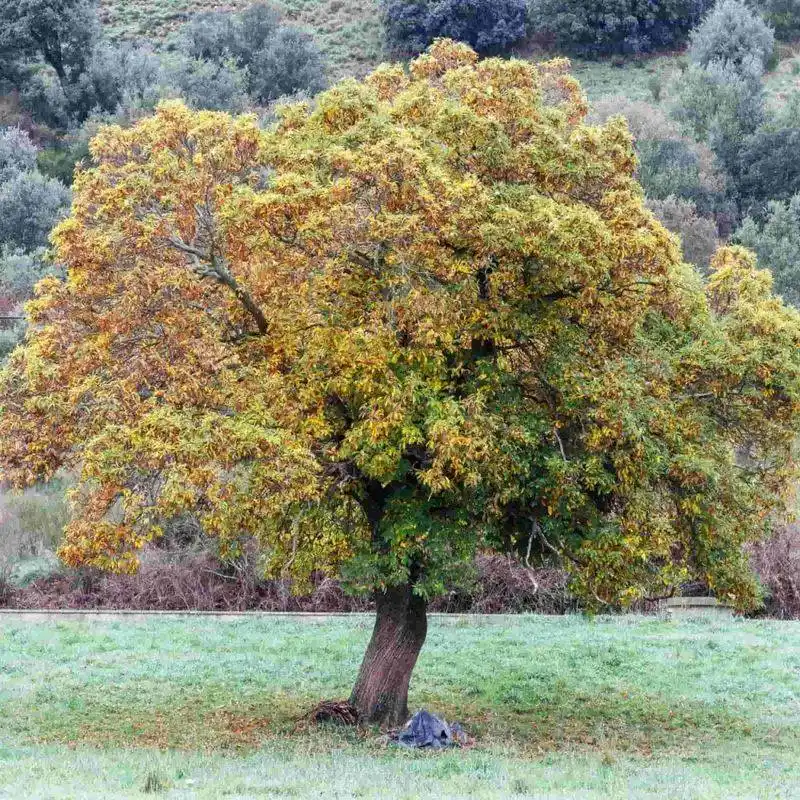
Chestnut trees, known for their delicious nuts, are also lightning magnets due to their height and wide spread.
They remain popular for their nuts and the shade they provide. Chestnut wood is prized for its durability and beauty in crafting.
The sight of a chestnut tree in autumn, with its nuts ready for harvest, is a picture of bounty and abundance.
Beech Tree

Beech trees, with smooth bark and spreading canopies, are often hit by lightning.
Their stately presence and shade make them popular in parks and estates. Beech forests support diverse ecosystems, providing shade and habitat.
The smooth grey bark of a beech tree, cool to the touch, is a testament to their enduring elegance and beauty.

